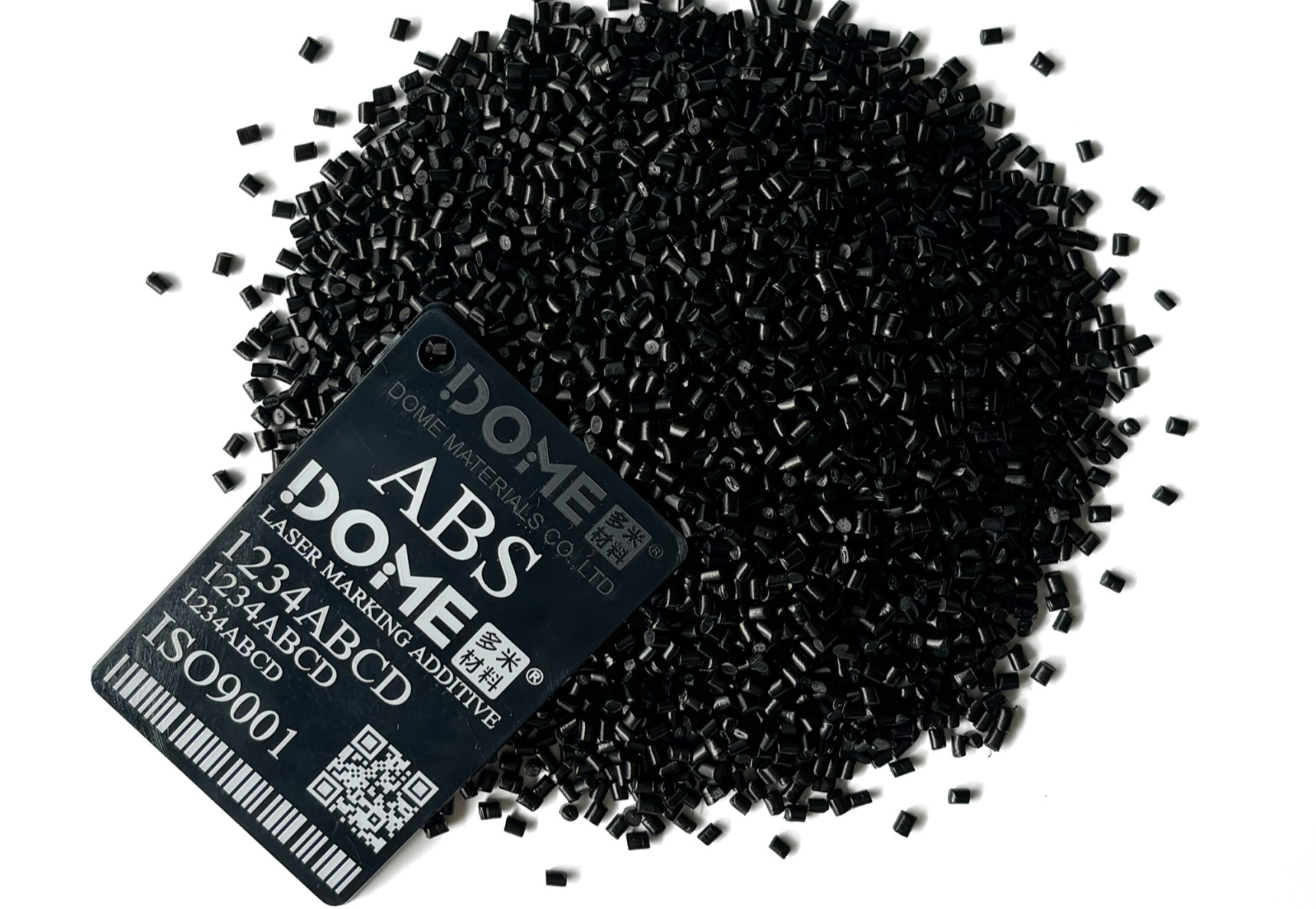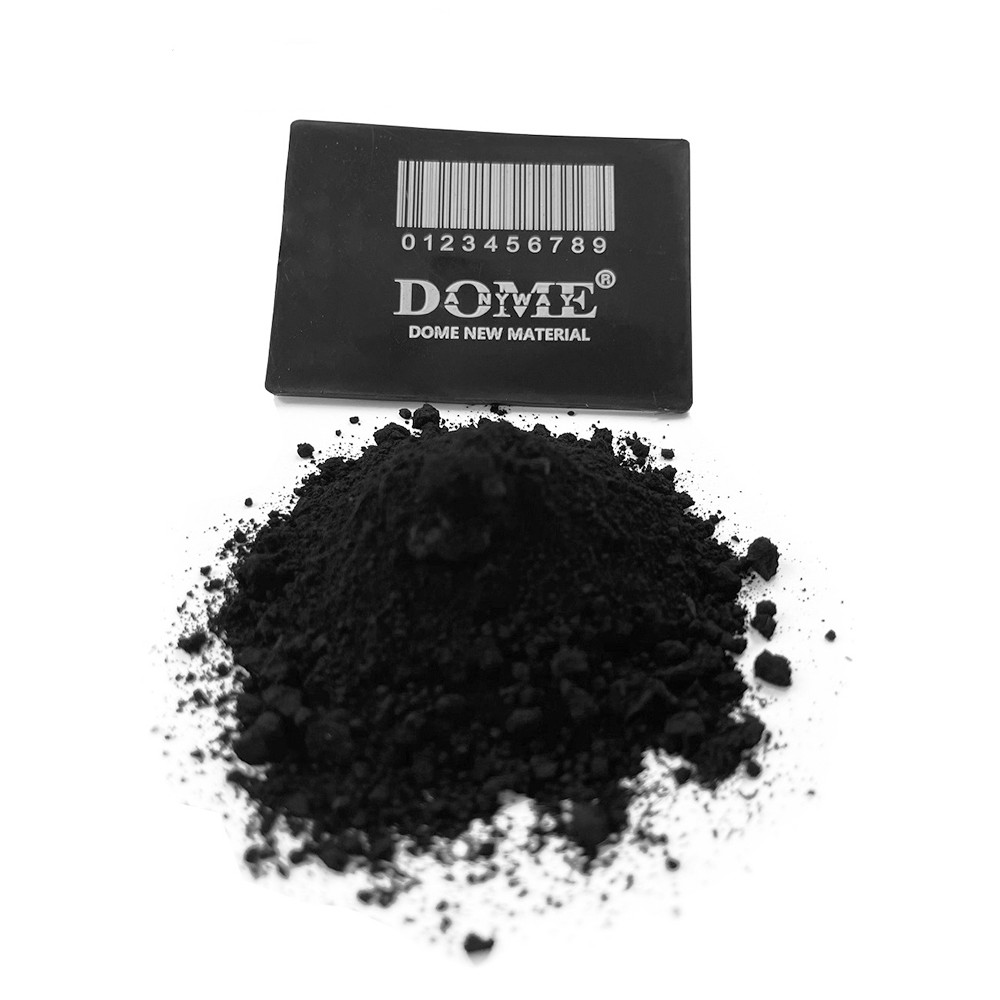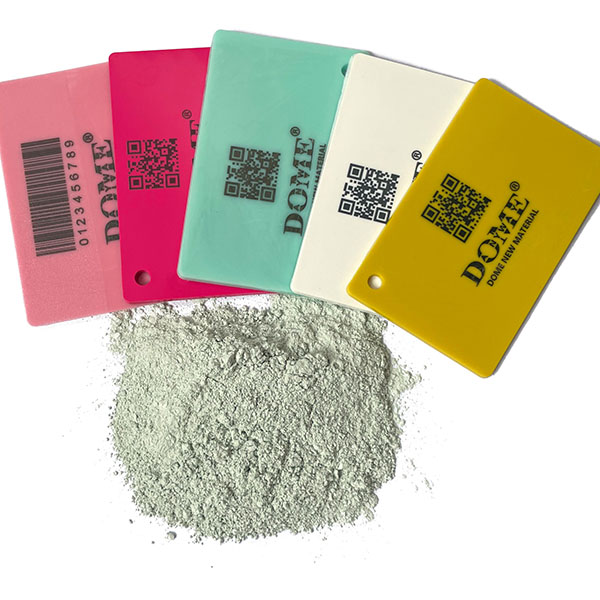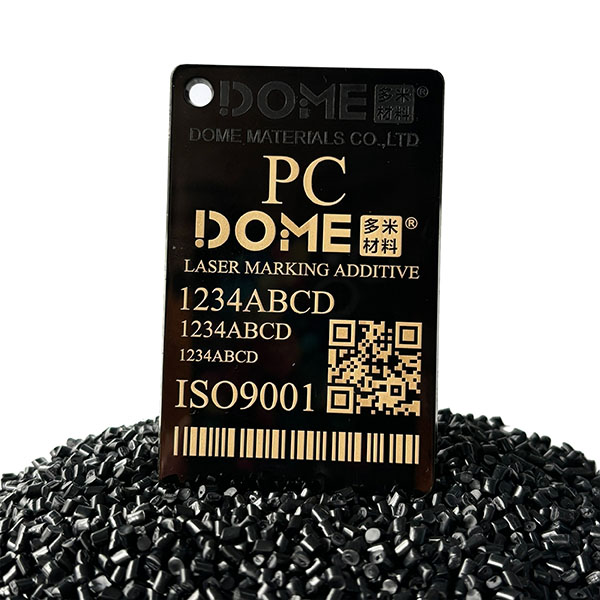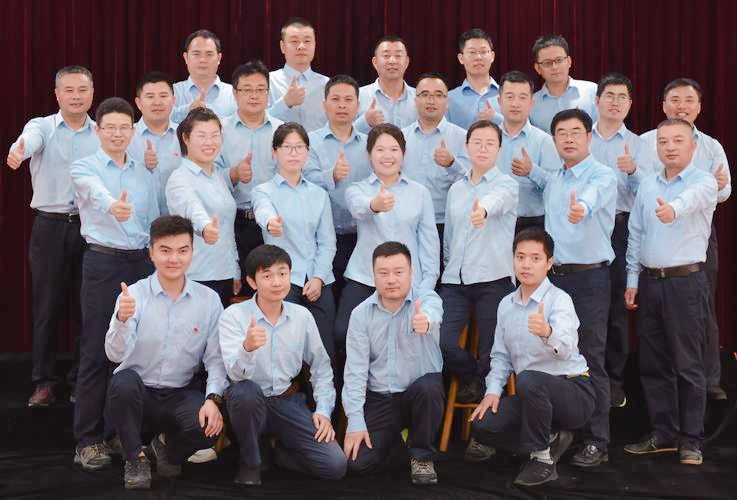Nylon materials like PA6(Polyamide 6) and PA66 (Polyamide 66) are widely used across industries due to their durability, versatility, and excellent mechanical properties. Though both are nylons, their differences in heat resistance, strength, and environmental performance make them suited to distinct applications. This guide breaks down their key characteristics and provides practical examples to help you choose the right material for your project.
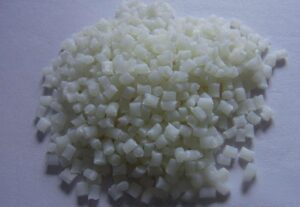
Heat Resistance: How Hot Can They Handle?
Heat resistance determines where these materials thrive. Here’s a clear comparison:
– PA6:
– Long-term use: 80°C to 120°C
– Short-term peak: Up to 150°C
– Heat deflection temperature (HDT): 75°C to 80°C
– Reinforced with glass fibers: 120°C to 160°C
– PA66:
– Long-term use: -40°C to 100°C
– Short-term peak: Up to 200°C
– Heat deflection temperature (HDT): 66°C to 86°C
– With 30% glass fibers: Up to 240°C
Key Takeaway: PA66 outperforms PA6 in high-temperature settings, while PA6 is sufficient for moderate heat conditions.
Mechanical Strength: Toughness vs. Rigidity
Mechanical properties define how these nylons handle stress and wear:
– PA6:
– Excellent toughness and flexibility
– Superior wear resistance
– Stays flexible in cold conditions
– PA66:
– Higher tensile and bending strength
– Exceptional fatigue resistance
– Strong wear resistance
Key Takeaway: PA6 is ideal for flexibility and impact resistance; PA66 offers greater strength and stiffness.
Processing: Key Considerations
Processing affects the final performance of these materials:
– PA6:
– High moisture absorption requires thorough drying before molding
– Higher mold temperatures (e.g., 80°C+) needed for thin, strong parts
– PA66:
– Less moisture-sensitive; drying only needed if packaging is unsealed
– Mold temperatures above 80°C ensure stability in thin parts
Pro Tip: Fast injection speeds improve results for both materials.
Outdoor Durability: Which One Lasts?
Outdoor performance hinges on resistance to environmental factors:
– **PA66**:
– Resists UV rays, chemicals, and heat
– Lower moisture absorption ensures stability in wet conditions
– PA6:
– Good wear resistance and flexibility
– High moisture absorption may reduce performance outdoors
Key Takeaway: PA66 is more durable for outdoor applications; PA6 needs extra care in humid or UV-exposed environments.
Mitigating PA6’s Moisture Issues
PA6’s moisture sensitivity can be managed with these practical solutions:
– Material Modifications: Add glass fibers or blend with other polymers to lower water uptake
– Pre-Processing Drying: Dry at 80°C+ for 3-4 hours using hot air
– Surface Treatments: Apply metal coatings or plasma treatments to limit absorption
– Design Adjustments: Avoid water-trapping shapes; incorporate seals
– Storage: Use desiccants to keep material dry before use
Pro Tip: These steps make PA6 viable even in challenging conditions.
Applications: Where Each Shines
Here are specific examples of how PA6 and PA66 are used across industries:
– PA6:
– Automotive: Bushings, bearings, gears (wear resistance and flexibility)
– Electronics: Cable ties, connectors (toughness and ease of molding)
– Consumer Goods: Sports equipment (e.g., ski bindings), footwear soles (impact resistance)
– PA66:
– Automotive: Engine covers, intake manifolds (high heat and strength)
– Industrial: Conveyor belts, tire cords (fatigue resistance and rigidity)
– Electronics: Circuit breaker housings, power tool casings (thermal stability and stiffness)
Key Takeaway: PA6 suits flexible, wear-resistant parts; PA66 excels in high-strength, heat-resistant applications.
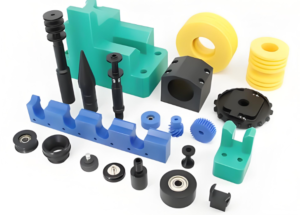
Conclusion: Choosing the Right Nylon
– Choose PA6 for:
– Flexibility, wear resistance, and impact durability
– Examples: Moving parts, cold environments, consumer products
– Choose PA66 for:
– High strength, heat resistance, and rigidity
– Examples: Engine components, outdoor structures, industrial uses
Both PA6 and PA66 are powerful materials, but their strengths must align with your project’s demands. Still unsure? Contact us for tailored advice!

